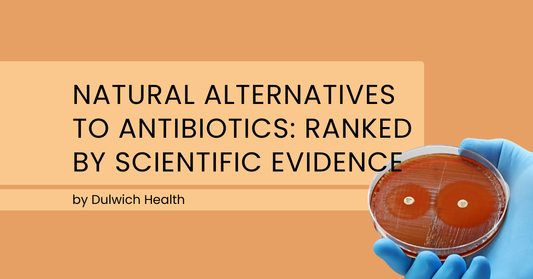Vitamin D
Managing vitamin D for better bone, immune, and mental health
Learn how lifestyle changes, nutrition and natural support can help reduce your risk of vitamin D deficiency.





What is vitamin D’s role in the body?
Where to find sources of vitamin D?
Frequently Asked Questions
What are the signs and symptoms of vitamin D deficiency?
Many people are asymptomatic, but possible signs include tiredness, low mood, bone or muscle pain, frequent infections, and slow wound healing. Severe deficiency can lead to rickets in children and osteomalacia ("soft bones") in adults.
Can I get enough vitamin D from food alone?
Food sources like oily fish, egg yolks, liver, and fortified foods provide some vitamin D, but usually not enough to meet daily requirements. Most people need supplementation, especially in autumn and winter.
Is 10-15 minutes of sun exposure enough?
In spring and summer, short bursts of sunlight can help, but factors like skin type, pollution, clothing, sunscreen, and latitude affect how much vitamin D your body makes. Prolonged sun exposure is not recommended due to skin damage risk.
What's the difference between vitamin D2 and D3?
Vitamin D2 (ergocalciferol) is plant-based, while vitamin D3 (cholecalciferol) is the form your body produces naturally from sunlight. D3 is more effective at raising and maintaining vitamin D levels in the body.
Can I take too much vitamin D?
Yes. Excess intake can cause hypercalcaemia, leading to kidney stones, nausea, muscle weakness, or heart problems. Stick to recommended doses unless otherwise directed by a healthcare professional.
Who is most at risk of deficiency?
People who spend little time outdoors, have darker skin, cover their skin for cultural or medical reasons, are over 65, or have conditions affecting absorption (e.g., coeliac disease, bariatric surgery) are more likely to be deficient.







